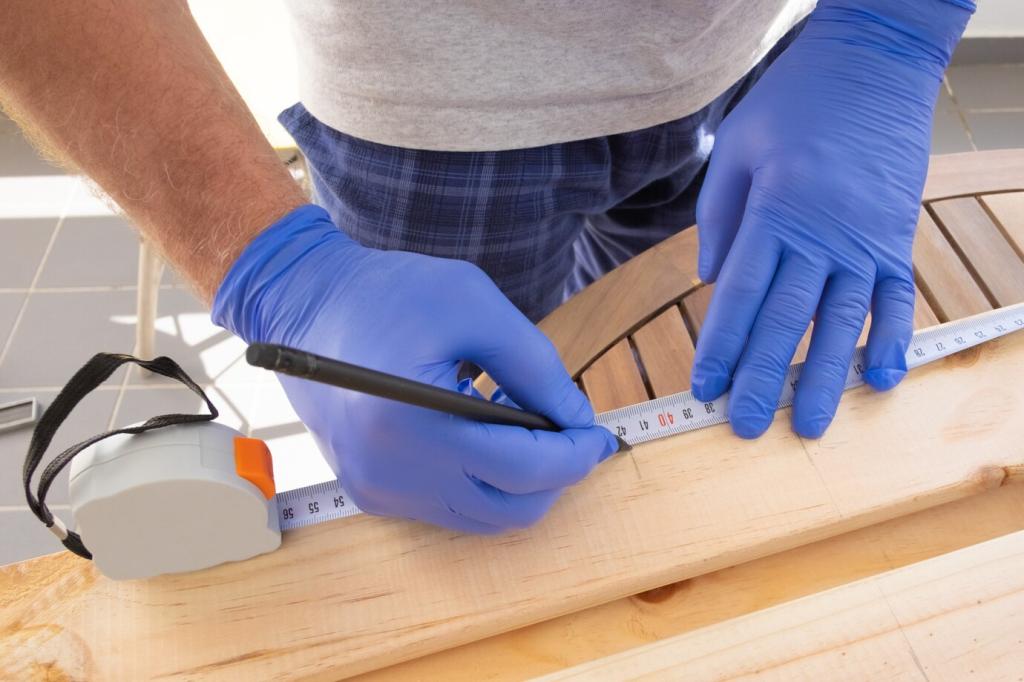Surface-Specific Guidance for Safer Results
Sealed wood tolerates a lightly damp, biodegradable cleaner on a microfiber cloth. Unsealed or worn finishes need extra caution—avoid oversaturation, use minimal moisture, and wipe dry immediately. A gentle, pH-mild approach preserves luster while preventing swelling or water rings.
Surface-Specific Guidance for Safer Results
Choose pH-balanced, biodegradable cleaners formulated for leather. Apply to a cloth, not directly to the surface, and always spot test first. Avoid strong acids, high alcohol content, or abrasive particles. Finish with a plant-based conditioner to keep fibers supple and comfortable.




